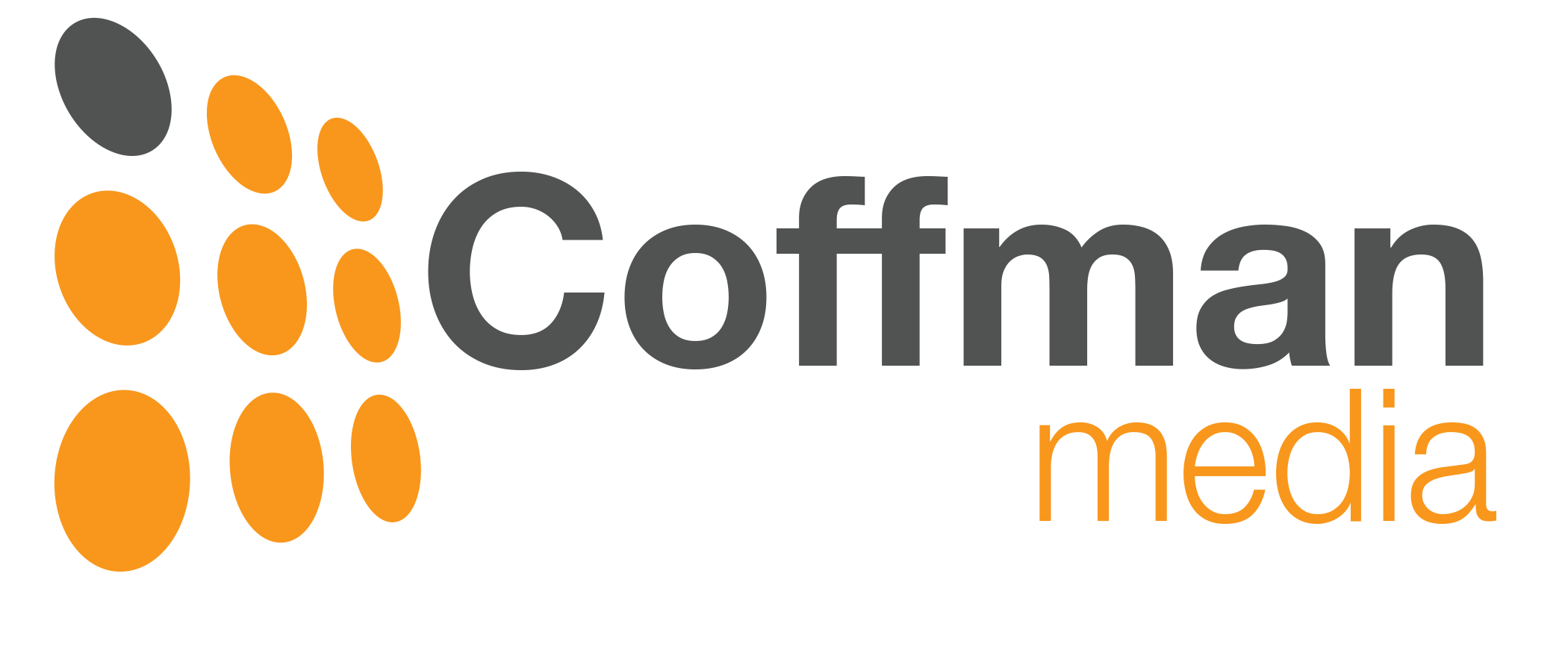
Duluth, GA 30097
United States
Barco
Model: ClickShare CX-20
In our previous article, we elaborated on the ambient parameters that have an impact on the true perceived contrast ratio and image quality of an electronic display. This was in the context of the contrast ratio inflation that is happening, leading to marketing messages being sent around on extended dynamic range and high dynamic range.
In this article we’ll zoom in on the internal parameters at play. The technical product parameters are tuned and tweaked to enhance the contrast ratio of a display. We will do this in the most generic way, covering both direct view displays and projection setups. Due to the background of the author, the focus will be more on projection. This is also the domain where contrast ratio is most subject to discussion. We will limit ourselves to the true internal parameters: everything that happens after the light leaves the display, is impacted by the ambient parameters, as discussed in our previous article. As you will understand: you cannot completely disconnect them. Both impact the final net results; the perceived image quality.
Spatial light modulation
The key component of any display (electronic and other) is the spatial light modulation. Or in more common wordings: how you create pixels. A static display without any pixels is just a piece of paper; and electronic display without any pixels is just a white light source. The moment you start applying ink on the paper, you start modulation the light differently on different positions: you create pixels and an image appears. The same applies for electronic displays: the moment you start modulating the white light and create a matrix of pixels, an image becomes visible.
Historically, emissive displays were an important display technology: in CRTs and plasma screen, no light was generated (internally and externally) where no pixels were created. Currently OLED- and LED- displays are the only remaining relevant technologies of that type. The dominant display technologies today (LCD displays and all projectors) are transmissive: starting from a non-modulated white light source, through filtering in different steps, the pixels are created.
This brings us to the first design parameter impacting contrast ratio. To achieve a high contrast ratio you want your blacks to look black. In a transmissive display, this means throwing away a lot of the light generated at the start. This not only makes the total setup less (power) efficient; it also put a practical limit on the achievable brightness. Every display technology (LCD, DLP, LCoS, …) has an inherent contrast, defined by the basic physical properties. Once you define the minimum (black), you put an upper limit on the maximum (white). This means that if you tune the technology to filter away a lot of light (dark black); you lose brightness.
There are several ways to circumvent the trade-off mentioned above. A commonly used one is to use different displays in parallel: e.g. dual projection. You hereby compensate the loss in brightness by adding up the light from two (or more) displays. It is clear that you hereby introduce a new trade-off: by doubling the amount of displays, you (at least) double the total system cost. A second way to work around the first trade-off is to put display not in parallel but in series: different light modulators sequentially modulating the light coming from the previous one. The reasoning behind this is: if I put 2 bright modulators with each 100:1 contrast sequentially, I have created a 10000:1 system (100x100 = 10k). This is correct theoretically. Firstly you do not only create an even higher inefficiency (throwing away light from the source); but the involved system complexity will more than double the cost. In such a sequential system; containing, guiding and managing the light is significantly more complex than in a ‘standard’ system. Since the light modulator in every display is the most critical and complex (and hence expensive) component, adding more complexity there has the biggest impact on total system cost.
Secret option #4
So: should we just accept that it is impossible to build a bright, high contrast and economically viable display? The attentive reader will have noticed that we still have some tricks up our sleeve; some parameters besides the light modulator that we can tune for higher contrast and better image quality. The first one is the light source where it all starts: so far we have assumed that this is not modulated (not temporal and not spatial). Even though this was the case in first generation of electronic displays, this is no longer the case: backlights in LCD TV’s are today often a matrix of –white- LED’s, allowing to adapt them to the content. The same is true for the light sources in projectors (lamp, LED or laser): these can be modulated to synchronize with the spatial light modulator (LED, DLP, LCoS) and enhance contrast ratio. A second parameter that can be optimized is the total system efficiency. Above we mentioned that every transmissive technology has an inherent contrast ratio. This is true; but we didn’t mention that this contrast ratio depends on the system design around it. The biggest contributing factor is the angle at which the light is transmitted; more specifically: the cone of angles in which all light enters and leaves. In the case of projectors, you’ll come across such parameters as f-number and etendue.
It is the author’s belief that these latter ways of improving contrast ratio have significantly less trade-offs as the ones mentioned in the first paragraphs. Even though the theoretical limits on what you can gain on contrast ratio are lower; the practical implications on system brightness and cost are much lower.


